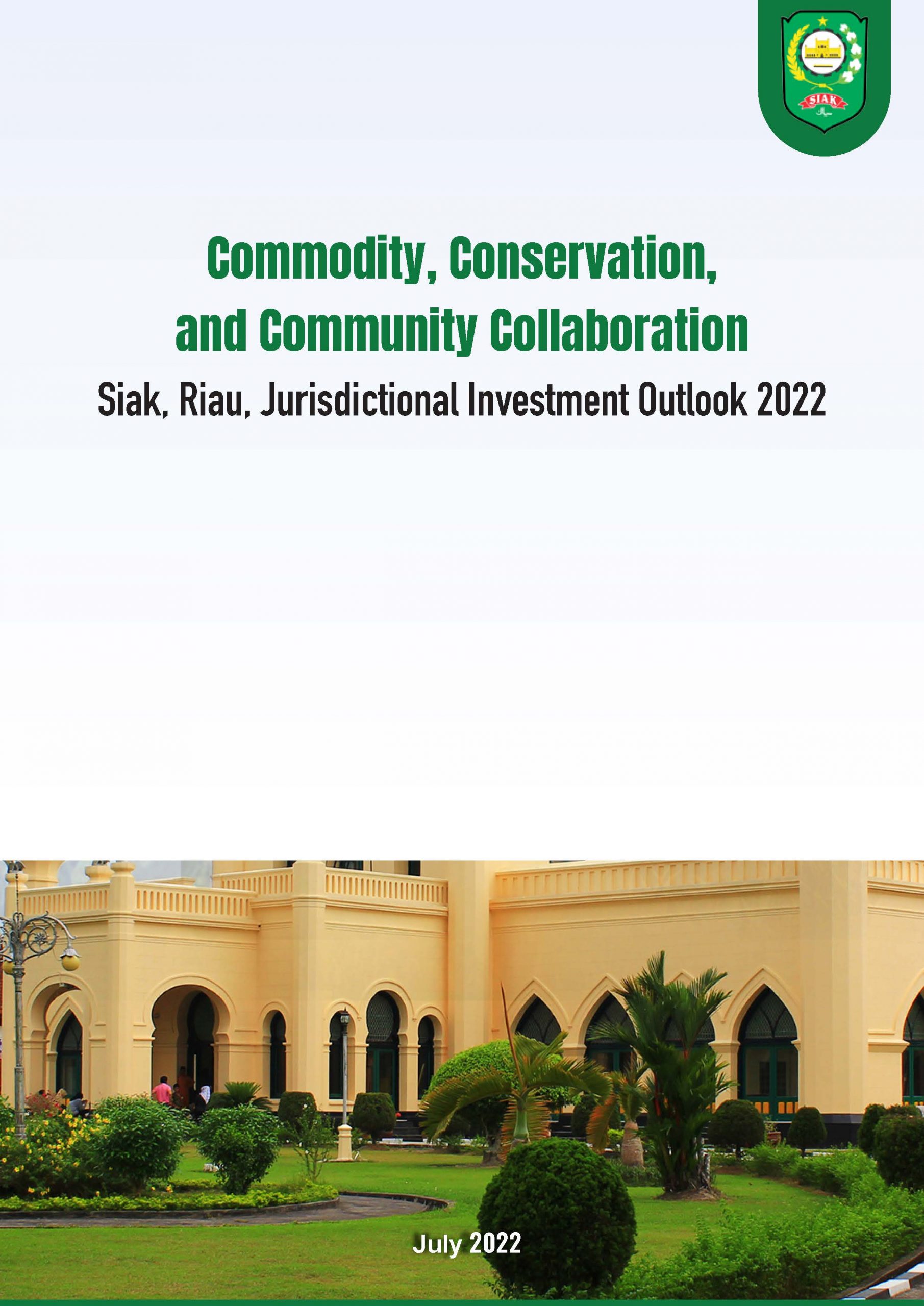Overview
Siak Regency is dominated by lowland areas in the East and a few highlands in the West. Siak is also part of the Singapore, Johor and Riau (Sijori) regional triangle economic cooperation and the Indonesia, Malaysia and Thailand (IMT-GT) growth triangle.
Siak is classified as prosperous, especially when compared to other districts in Riau Province or in Indonesia. In addition to the 2021 GRDP reaching IDR 89.8 trillion (USD 6.3 billion), Siak also has cooperation in managing the Rokan oil block, and has the Tanjung Buton industrial area as infrastructure support for international trade.
Siak has one of the largest peatland areas on the island of Sumatra, with a peatland percentage of 57%. However, much of it has been drained for oil palm and timber plantations, putting the area at risk. The peatland fires of 2015 changed the perspective of Siak stakeholders towards a more sustainable development view, which brought about substantial changes to the region.
Siak has been seen as one of the districts with the most progressive commitments to sustainability. Siak has issued regulatory instruments to strengthen the dream of becoming a green district. Following the issuance of Regent Regulation No. 22/2018, Regional Regulation No. 4/2022 was finally promulgated to provide a solid legal basis for the implementation of Siak’s ambition to become a green district.

